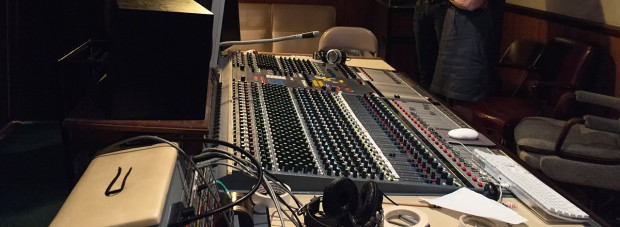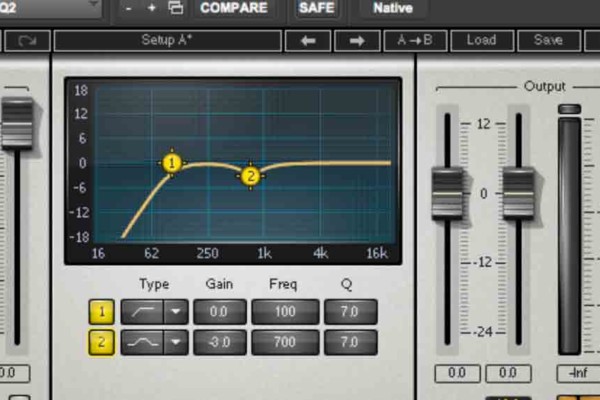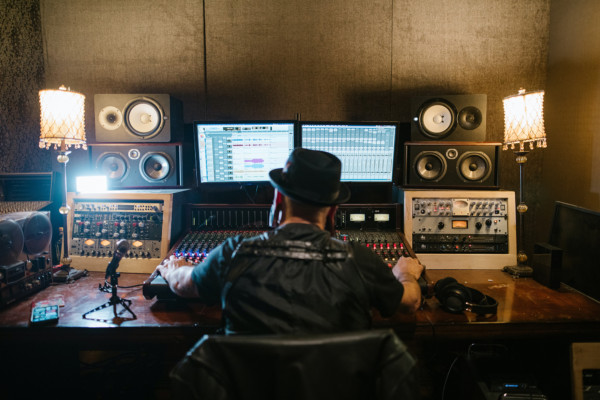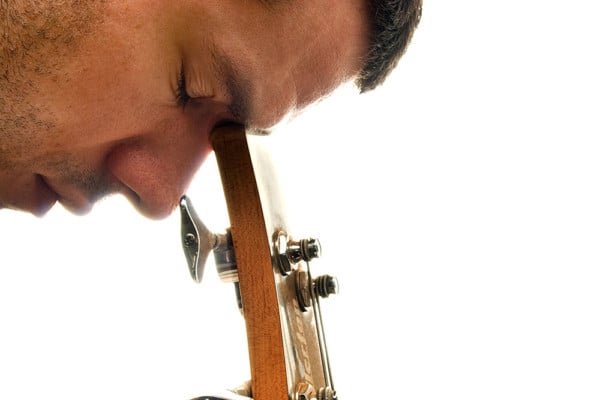Preparing for Studio Success

Going into the studio to make a record can be a pretty daunting task. Yes, there are a select few who do that every day, but for the rest of us mortals, a session on the books is a pretty rare and special occurrence. Although some folks have sufficient equipment to record at home, there’s little substitute for getting your band into a professional studio and having an engineer to help you through the process. There’s an art to making live recordings, where all of the players are present and playing together, and unfortunately that method has become less popular in recent years. Technology can fix, mend, and allow for many things, but one thing it can’t do is create the “feeling” that comes from a band hitting together. So, if you and your crew decide to make a record the old fashioned way, here are a few things to keep in mind.
The People
Bringing a band into a studio can be a great thing… everyone has played the music together, you may have some shared gig experiences and funny stories, and everyone has the same goal in mind for the session. Bringing a band into a studio can also be a bit nerve racking, especially if everyone is a novice or if there are disputes or hard feelings amongst the members. Hopefully, all parties involved are prepared to have a positive session experience. If you’re bringing new players together, or if you’re hired to show up on a session with a pre-established group, then go with the flow, take suggestions, and give appropriate (and hopefully positive) criticism. On many pro-level sessions, the same players are called on a regular basis specifically because they play well together. Think back to some of the great studio teams (the Funk Brothers, Booker T. and the MGs, the Wrecking Crew) and how these “unofficial” bands formed. The experience and familiarity that came from playing together resulted in legendary recordings.
In addition to the players involved, remember that for the day you’re in the studio, the engineer is another member of the band. They’re capturing the music that you’re bringing to life. When there’s a producer on the session as well, be aware of the suggestions they make and how they want to shape the music. If you’re the “hired gun,” do your best to give the producer (or band, or artist) what they want in order to enhance the music.
Pre-Production
This term refers to all of the musical work that goes into a song before you go into the studio. Let’s break it down into three things: musical choices, gear/equipment, and the plan of attack for a session.
The Music
When it comes to the music, the best way to prepare for the studio is to be well rehearsed. Seriously. Rehearse. Time is money when you go to a studio because you’re paying for the space, for the engineer, and for the tape (if you’re going super old school). If your music is specifically arranged, make sure you can play it forwards, backwards, and lying on the floor with your eyes closed. Even with an open-ended or jam-based recording, you still want to be aware of the structure of the song and how the band will transition from one section to another. Come to clear musical conclusions and work out trouble spots during rehearsal instead of in the tracking room. In the 20 minutes you spend arguing over the bridge halfway though the session, you could have recorded a few more takes.
As long as the whole band is on the same page with the music, it’s easier to speak openly about modifications or mistakes. Realistically, we won’t always get a perfect take, so if you miss a fret or if the band wants to revise a part, communication is key. When big mistakes happen (such as everyone forgetting the first chord of the bridge or the drummer spontaneously combusting), it’s time to call for a new take (or a new drummer). But, if you have an “oops” moment, make a mental note of where that is in the song so that you can punch it in later. Don’t stop the song for one missed note, because the take may have been great for everyone else. Plus, it’s takes less time to ask the engineer to punch in the last bar of the chorus than to take the song again from the top.
The Gear
And now for the gear talk. What’s the best way to figure out if you have a healthy instrument? Take it to a studio. The major “moment of shame” happens when the engineer plugs you into a DI (direct inbox) and there’s an unmistakable, record-breakable hum coming from your bass. At this moment, you have a few options. You can fiddle with your tone controls and change the pick-up setting to decrease the hum, the engineer can try to isolate the noise and take out certain frequencies, you can pull out your soldering iron and begin surgery, or you can just use another bass. I opt for the latter. So, make sure you have a healthy bass before you hit the studio, bring an extra (or two, or six) as your back-ups, and figure out which gear you will use prior to the session. Make sure all of your other gear (such as pedals or amps if you decide not to go the DI route) are in working order with fresh batteries and good cable connections. Avoid switching from bass to bass during the session (unless the music calls for it) and always consider the advice of the engineer if you’re a novice in the studio.
The Plan
Once you’ve worked out the music and decided on gear, it’s time to decide how you will record the song. Typically, the first goal of a session is to record rhythm tracks (bass, drums, and rhythm guitar or piano). These instruments are fairly dependent upon the tracking room and are difficult to replicate or fix on another day. These tracks will lay the groundwork for everything else, such as guitar solos, lead vocals, harmonies, percussion, etc. Consider the difference between playing the song live (where you may rely on certain lead cues or expect to hear a solo) and how that may be different on a basic rhythm track recording. It’s best to walk into the studio with a master plan for each song and a plan of attack for the overall session. Be sure to budget plenty of time (because recording always takes longer than you think) and plan out some overdubs to do in the event that the session goes better than expected.
Next up: Have fun. Recording studios are cool. You play an instrument, so you’re cool. And you’re there with other cool people who also play instruments and are hanging out at the cool studio. There’s no reason not to have fun. I’m a true believer in the vibe of a room and the people present when it comes to making a good record. So, have fun. Be prepared and bring your A-Game, but relax, joke around a bit, and enjoy the experience. The attitude of the players will certainly influence the session, so if everyone is happy, comfortable, and settled in, the music will likely go well. One thing that can make any session better is food. And trust me, the $30 that goes into providing coffee and donuts for everyone present will be money well spent. Take breaks and walk outside for a moment, don’t skip lunch, and try not to argue.
And one final thought: records capture much more than just music — they capture energy and excitement, excellence and imperfection, and hopefully, good grooves shared by good people. Whether your band is headed to the studio to make their first, or their fifth record, or you’re simply hired as the bass player on a session, don’t worry about living up to the studio greats, just concern yourself with the music you’re making and the people you’re making it with.
What’s been your experience? Share your studio stories with us – the good or the bad – in the comments.
Ryan Madora is a professional bass player, author, and educator living in Nashville, TN. In addition to touring and session work, she teaches private lessons and masterclasses to students of all levels. Visit her website to learn more!




Well said! I especially like the part about having fun. Sometimes it’s easy to get frustrated over little mistakes or mishaps but I try and keep fun in the foreground no matter what… even if it’s just a rehearsal or practice session. Why else would you spend so much time and effort doing this? You gotta love it.